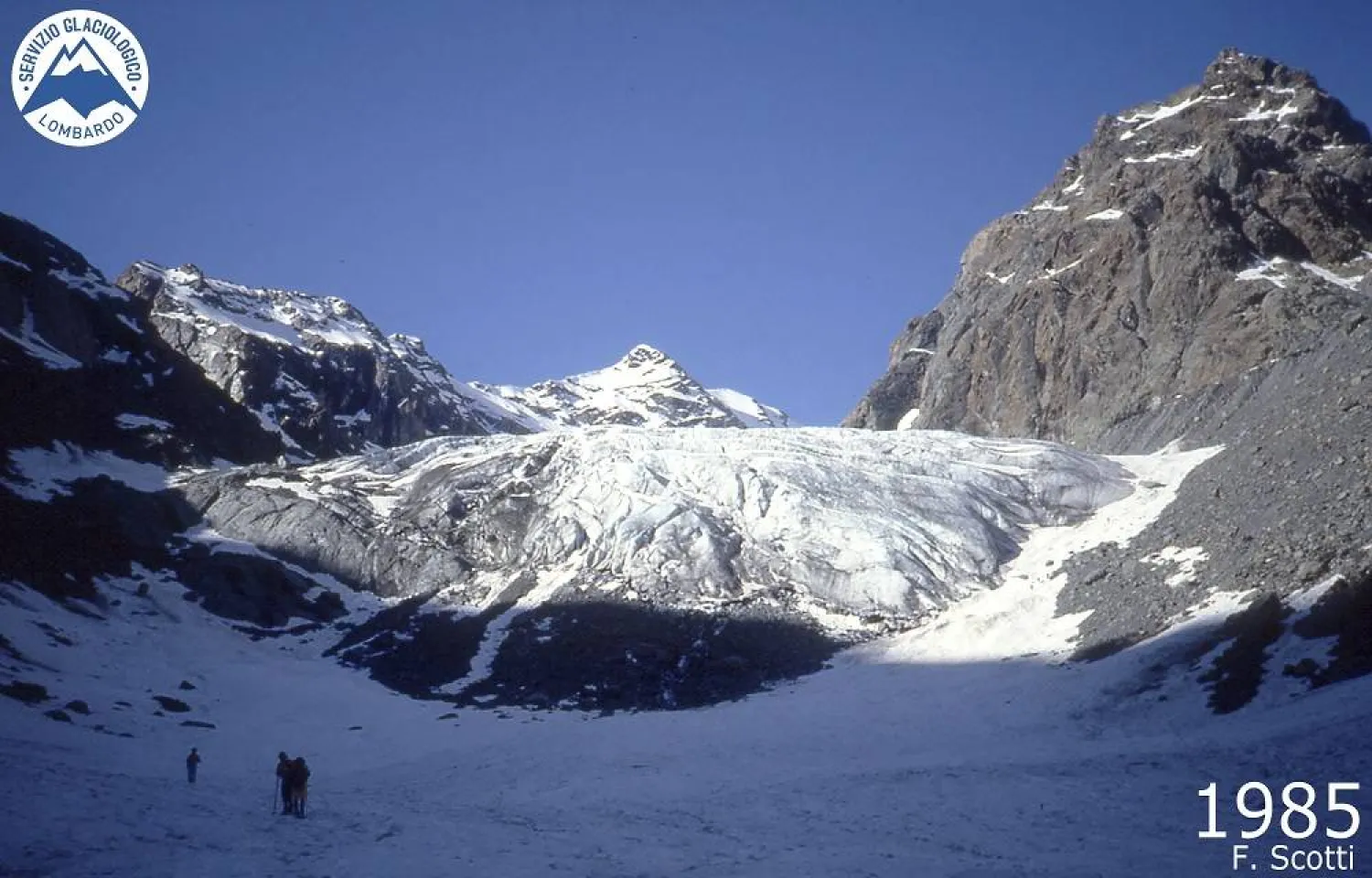King Abdulaziz City for Science and Technology (KACST) executed a 10-week cooperative training program for 24 trainees from several universities within the Kingdom, culminating in 12 research projects spanning diverse engineering and scientific fields.
The research projects were centered around the realm of artificial intelligence (AI) and robotics, including human-robot interaction, advanced robotics, computer vision, generative AI, AI in healthcare, and integrated systems.
The projects also undertook the task of creating initial robotic models and advancing technological solutions employing sophisticated techniques and methodologies for the development of AI models, SPA reported.
Additionally, they assessed and enhanced linguistic models for the AI chatbot “ChatGPT” to align with local content and the Arabic language.
The Vice President of KACST for Future Economies Sector, Dr. Mariam Nouh, indicated that the training program was overseen by a research team of experts in AI and robotics technologies, advancing the skills of both male and female trainees by making use of the city's laboratories and facilities.
The experts provided them with knowledge in future economy domains such as cyber security, smart cities, advanced transportation technologies, earth and space sciences, along with upcoming communication and sensor technologies, Dr. Nouh said.
Saudi University Students Develop 12 Research Projects in AI, Robotics at KACST Labs


Saudi University Students Develop 12 Research Projects in AI, Robotics at KACST Labs

لم تشترك بعد
انشئ حساباً خاصاً بك لتحصل على أخبار مخصصة لك ولتتمتع بخاصية حفظ المقالات وتتلقى نشراتنا البريدية المتنوعة





